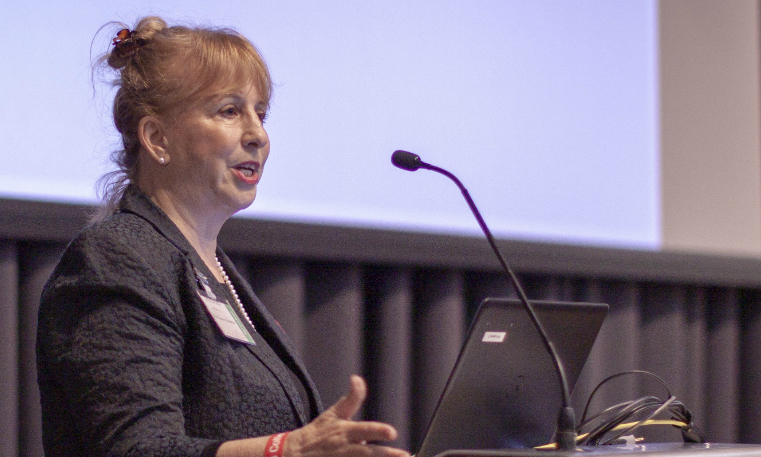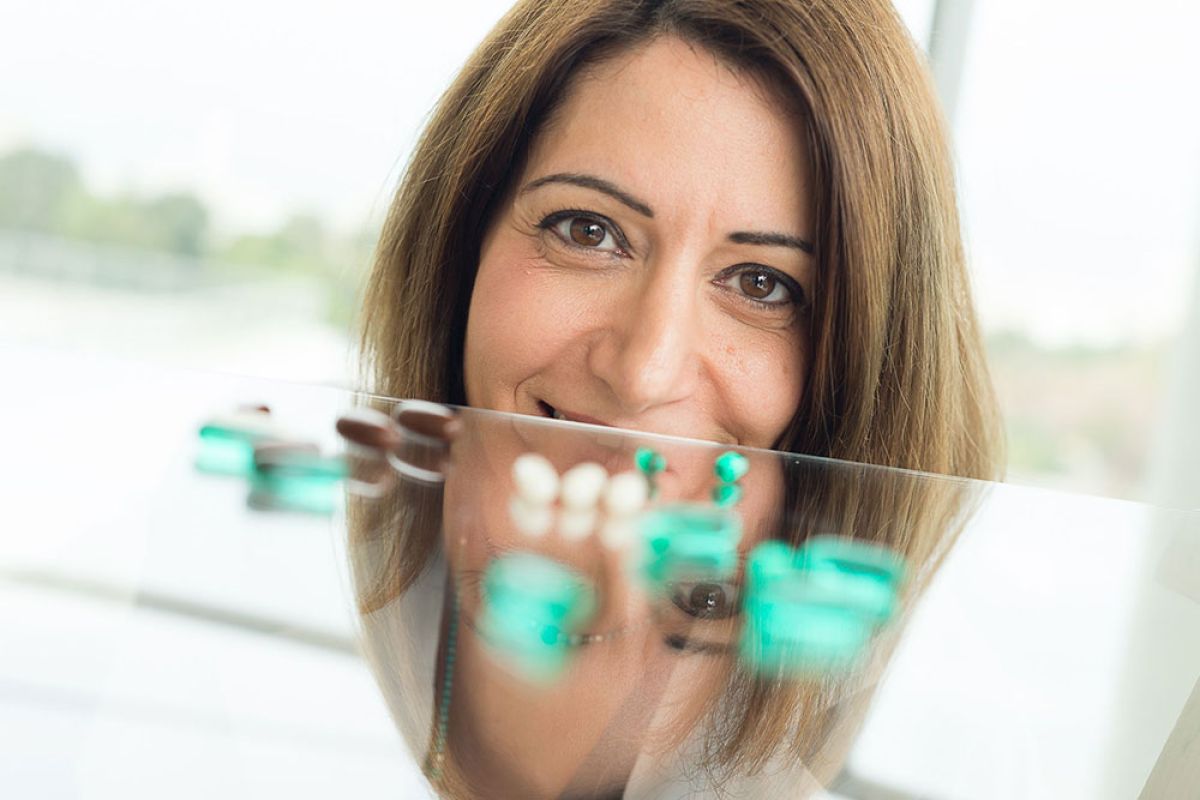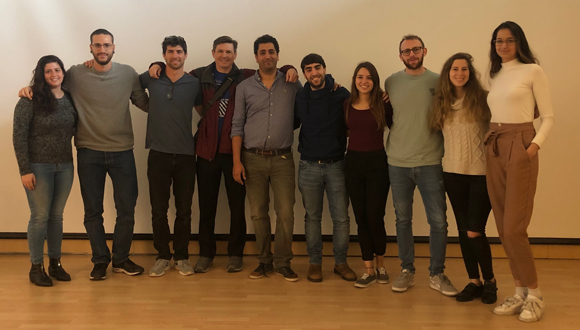What do scientists need to become a winning team? Is it true that the opposites attracts? Or is it that research based on a rivalry brings about the best results? Let’s look at some of the famous scientist pairings that, if they’d hadn’t known of each other, might not have given the world their amazing discoveries, ideas, and inventions that have changed our lives profoundly.
Didn’t go with the flow
Thomas Alva Addison and Nicola Tesla were both great inventors of the 19th century, who brought about revolutionary technological changes and made our modern life possible. Tesla was a talented physicist and electrical engineer who emigrated from the Austro-Hungarian Empire to the United States and was nicknamed the “Wizard of the West.” He found his first job with businessman Edison, known as “The Inventor from Menlo Park”. The two collaborated to promote the use of electrical systems, and after a while parted in anger after Tesla claimed that he had not received the promised compensation for his work.
A few years later, when Edison tried to market his electric bulb, he also developed an electric grid based on direct current and competed for the opportunity to build a power plant that would supply electricity to the entire eastern coast of the United States. Tesla, who developed the alternating current with industrialist George Westinghouse, thus became a direct rival of Edison, not to mention his enemy, overnight.
“So began one of the most powerful technological wars mankind has ever known – the war of currents,” says Prof. David Mandelowitz of the School of Electrical Engineering at the, Iby and Aladar Fleischmann Faculty of Engineering at Tel Aviv University. “When Tesla joined George Westinghouse, this war went beyond the technological aspect and also spread to the realm of commerce.”
Edison tried to brand the invention of his rival as a tool of murder, more suitable to executions in the electric chair than household appliances, but the move didn’t succeed. The war of the currents between the two ended when Edison was at a disadvantage, and the Tesla power station successfully supplied electricity to the entire East Coast. “In 1893, when the President of the United States activated the main lighting fixture in the city of Chicago, the victory of Tesla and Westinghouse was determined,” says Prof. Mandelowitz. “The rivalry between Tesla and Edison is now a parable for a pair of researchers whose technological dispute became a personal and economic war, which shocked the global research community.”
While working together, they promoted the invention of the Dynamo, invented by Edison, but it seems that when they worked against each other, they worked harder, causing us all to benefit. From the straight current we get batteries, and from alternating current – household and industrial power consumption. Both kinds of current benefit fans of heavy metal rock bands, especially the band AC/DC, who are named after the sign that symbolizes both types of currents and appears on electrical installations.
Philosophy, love, religion and Zionism
No screenwriter could think of more interesting plot twists than those of Hannah Arendt, one of the most important political philosophers of the 20th century. Her work and life were influenced by her ambivalent relationship with the State of Israel, with Zionism and with her married lecturer Martin Heidegger, who later became her lover and an activist in the Nazi regime.
Arendt met Heidegger as a young student, when he was already an admired professor, who was married, at the University of Marburg in Germany. A passionate romance developed between the two, interrupted by the Nazis’ rise to power in 1933, when Arendt left Germany. “Martin Heidegger is, in the eyes of many, one of the great German philosophers or great philosophers in the twentieth century,” says Prof. Joseph Schwartz, head of the School of Philosophy, Linguistics and Science Studies at the Lester and Sally Entin Faculty of Humanities. “At the same time, he’s a very controversial philosopher, both because of his work and, in particular, because of his active involvement in the Nazi regime. Hannah Arendt, also one of the great philosophers of the twentieth century, mostly acquired that status after World War II when she lived in America, to which she had to emigrate when she fled Germany after the Nazis came to power.”
Arendt never hid her Jewishness and was arrested because of her opposition to the right-wing regime in her homeland, and later lost her German citizenship. On the one hand, she was a political activist and investigated anti-Semitism in Germany, was considered close to Jewish intellectuals and promoted immigration to Israel, and on the other hand she didn’t turn her back on those who favored the murder of her people. She had a complex relationship with the State of Israel, which became particularly tense in light of her review of the Eichmann trial and the publication of her controversial book “Eichmann in Jerusalem – A Report on the Banality of Evil.”
The connection between Arendt and Heidegger resumed at the end of the war. “In the coming decades, Arendt is going to significantly advance Heidegger’s thought in English and in the United States, and there is no doubt that she helped raise his status internationally, and that impact still holds to this day. The letters the two exchanged were published and translated into Hebrew, and beyond gossip about the relationship between a professor and a student – they contain mainly fascinating philosophical discourse between two great philosophers, who saw themselves as philosophers first.”
Over the years, in the various articles Ardent published in the field of existential philosophy, she referred to Heidegger’s views, and even if she criticized them, she never denounced him. Heidegger’s diaries from the period of World War II (“The Black Notebooks”) were recently published, and they only emphasize how Nazi ideology combined with his philosophy. Arendt’s conduct regarding the identity of the State of Israel and Heidegger has raised heated debates in academia and beyond.
A combination of factors that led to the Nobel Prize
The fascinating pair of researchers Maria Skolodawska from Poland (later Marie Curie) and Frenchman Pierre Curie’s passion for mathematics, physics and chemistry came from their individual passions. Each of them established his position in the field of physical and chemical phenomena, but the combination of their forces in the research on radiation and radioactivity led to a joint win of the Nobel Prize in Physics.
As a woman, Maria had to work harder. Many doors were closed to her in her native Poland during her years of developing a career as a gifted physicist and chemist, which began at the end of the 19th century. But it seems that all of this only made the young Marie a pioneer in many ways: she completed two degrees in chemistry and physics at the Sorbonne in Paris after her request to study at the Polish University was rejected due to the political inclinations of her family. She was the first woman to teach in this respectable institution after she was appointed professor of physics. She also broke the glass ceiling as the first woman to win the Nobel Prize, and did it again eight years later when she won it again, this time in chemistry. In fact, she is one of the only two people in history to have won the prestigious award in two different fields.
When they met, Pierre Curie was an instructor at the School of Physics and Chemistry in Paris, and Maria Skolodawska was a young scientist. “Pierre’s achievements in his doctoral work (magnetism, pyroelectricity, piezoelectricity) gave him a very distinguished name, along with his brother Jacques, who contributed to the study,” says Dr. Israel Hayim Shek of the Raymond and Beverly Sackler Faculty of Exact Sciences. “Marie (who changed her name when she emigrated to France) becomes Pierre’s assistant in his lab and soon became a full partner in laboratory research and theoretical work.” The two found a great common interest in the study of radioactive materials, and their discoveries brought them together both professionally and personally. They married in a secular ceremony and devoted their lives to the study of radioactive materials.
“A great expertise in chemistry and physics, along with a sharp, analytical perspective, and a lot of dirty work and determination go into their discoveries, in the face of frustrations, disappointments, a lack of budgets, a shaky economic situation. But they invest everything into science,” Dr. Shek says. In 1898, after years of refining uranium ore, they identified two new chemical elements.
The first is called Polonium, named after Mary’s homeland, and the second is Radium, named after the Latin word “radius”, meaning “ray of light,” as it glows in the dark. In the same year their first daughter, Irina, is born. In 1904, a year after receiving the Nobel Prize, their second daughter, Eva, was born, and the Curies raised their two daughters on informal education, exposing them to the principle science and scientific research, along with things like learning Chinese, sculpture, self-expression and play.
In 1903 they, along with Henri Beckerle, received the Nobel Prize in Physics for their research, and in 1911 Marie again won the prestigious award, this time in the field of chemistry, in recognition of the discovery of these two elements.
“One of the questions people tend to ask is whether Marie Curie would have been able to achieve her great success without her husband’s help, or would Pierre have succeeded in finding his discoveries without Marie as an assistant? It’s difficult, of course, to answer conclusively. But there is no doubt that beyond the romanticized aspects (a foreign woman, poverty, marriage, hard work under pressure), the joint work of the couple pushed them both forward, far beyond what might have happened if they had not cooperated, and had it not been for the mutual respect that they felt for each other,” says Dr. Shek and concludes “Perhaps without Pierre’s recognition of Mary’s great abilities and uncompromising push, her work would not have been possible in the atmosphere of the conservative society at that time.”
It is believed that Mary paid for her many years of research. She died at the age of 66 from a pre-leukemic syndrome caused by her exposure to these dangerous substances for many years. Pierre had been killed earlier in a fatal car accident, in their tenth year of marriage, when Marie was accepted as a full professor at the Sorbonne. The pair of researchers was immortalized by the scientific community. The unit measuring radioactivity used to be named “curie” in their honor, as was the radioactive element curium.












